In an increasingly digitized world where concrete jungles dominate our skylines and screens dominate our attention, humans are experiencing a quiet but profound disconnect from nature. This separation manifests in rising stress levels, attention fatigue, and emotional numbness. Yet when we place a potted fern on a windowsill or walk through a sun-dappled garden, something primal within us stirs. The science of floral psychology reveals this isn’t mere sentimentality—it’s biological wiring. Plants speak a silent language that our nervous systems instinctively understand.
The concept of “flower language” transcends Victorian-era cryptography where roses expressed secret passions. Modern research suggests plants communicate through biochemical signals, subtle fragrances, and visual patterns that bypass cognitive processing to directly influence our limbic system. A study published in the Journal of Environmental Psychology found hospital patients with flowering plants in their rooms required 30% less pain medication than those without. The patients couldn’t articulate why the blooms comforted them—they simply did. This mirrors findings in forest therapy (shinrin-yoku) where phytoncides—aromatic compounds emitted by trees—lower cortisol levels before the walker consciously registers relaxation.
Psychologists propose that our need for botanical healing stems from biophilia hypothesis—the evolutionary theory that humans possess an innate tendency to seek connections with nature. Before urbanization, survival depended on reading vegetative cues: berry colors indicated ripeness, leaf patterns signaled medicinal properties, and floral scents marked water sources. Though supermarkets and pharmacies have replaced these needs, our brains remain exquisitely attuned to chlorophyll greens and petal symmetries. Dutch researchers demonstrated this by measuring neural activity when subjects viewed urban scenes versus floral arrangements. The amygdala—the brain’s threat detector—showed markedly reduced activity within 3.7 seconds of seeing flowers.
Beyond biochemistry, plants offer metaphorical resonance that aids psychological processing. A budding orchid’s resilience mirrors personal growth after trauma; decaying leaves model healthy detachment. Horticultural therapists observe that caring for plants allows people to practice nurturing without the complexities of human relationships. “The rosemary that thrives under neglect reassures perfectionists that life persists beyond control,” notes Dr. Elara Voss, who incorporates potted herbs into her psychotherapy practice. This symbolic dialogue may explain why grief often finds expression through funeral wreaths or why lovers instinctively gift blooms.
Urban planning is awakening to this silent dialogue. Singapore’s “biophilic city” initiative and Milan’s vertical forests demonstrate how architectural integration of flora reduces aggression and enhances creativity. Yet the most potent plant therapy often occurs in intimate, everyday moments—the peace of deadheading marigolds after a taxing work call, the joy of spotting the first crocus piercing snow. These micro-interactions form a nonverbal lexicon where photosynthesis and psychology intertwine, offering healing that words cannot.
Perhaps what makes botanical therapy so universally accessible is its democracy. A single dandelion growing through sidewalk cracks holds equal capacity to delight as a prize-winning orchid. In a world fractured by ideologies and algorithms, plants remind us of a shared language written in xylem and petals—one that heals not by demanding interpretation, but by simply being witnessed.
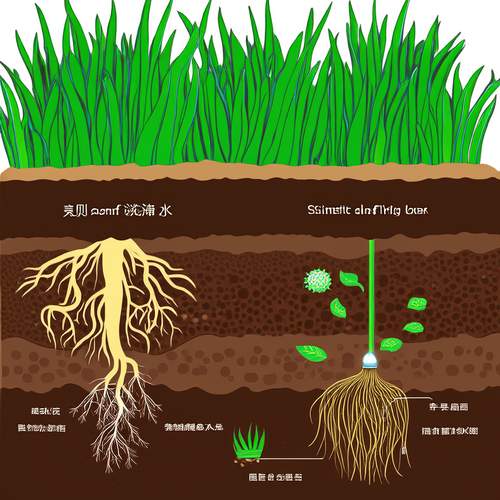
By /May 21, 2025
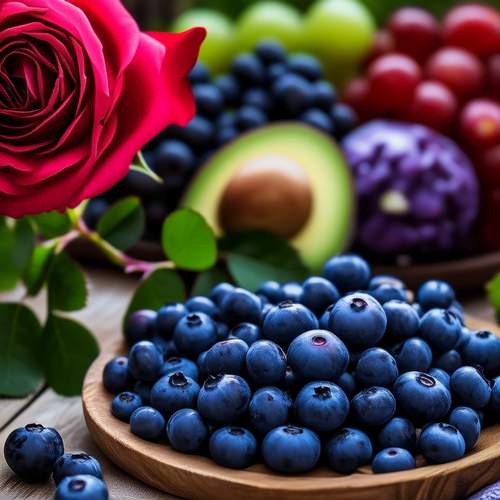
By /May 21, 2025
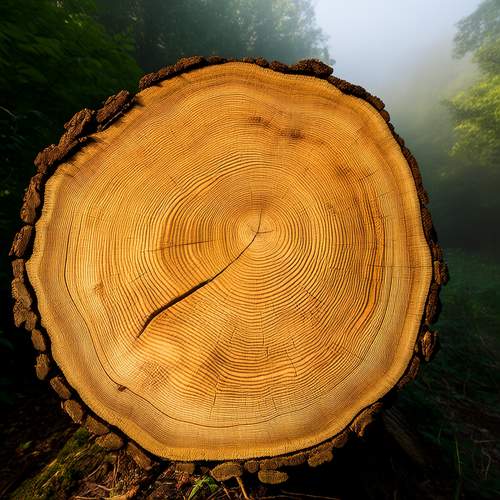
By /May 21, 2025
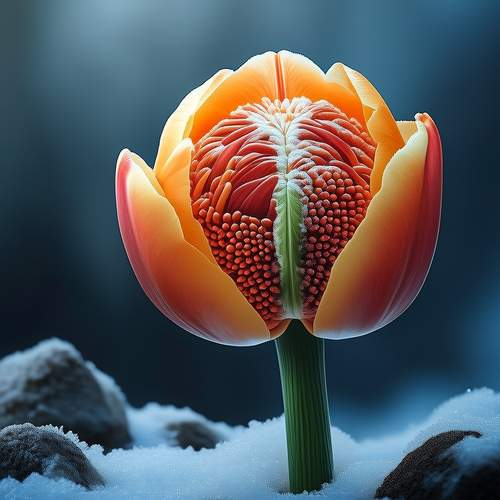
By /May 21, 2025
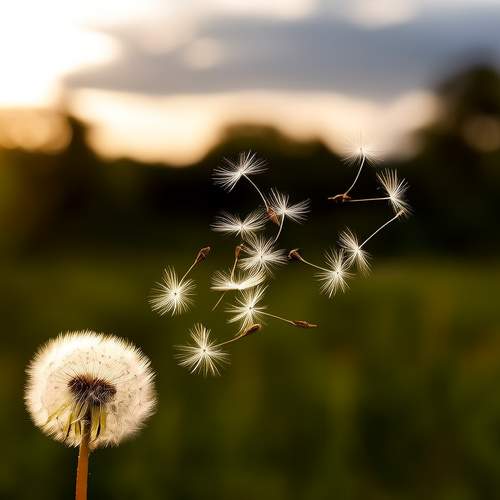
By /May 21, 2025
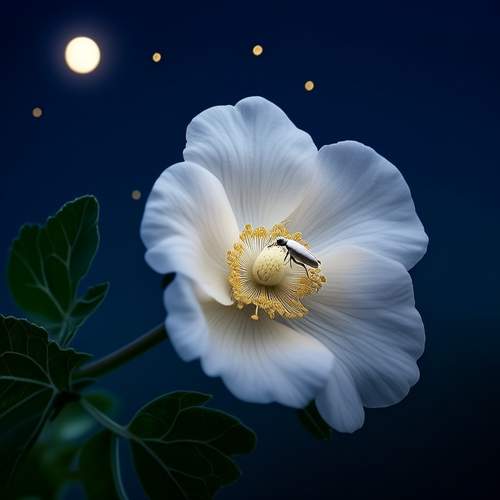
By /May 21, 2025
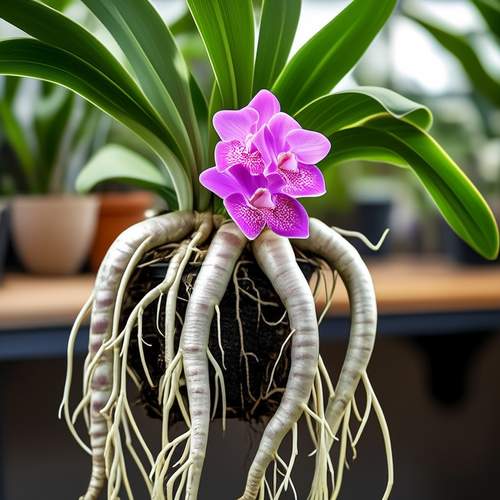
By /May 21, 2025
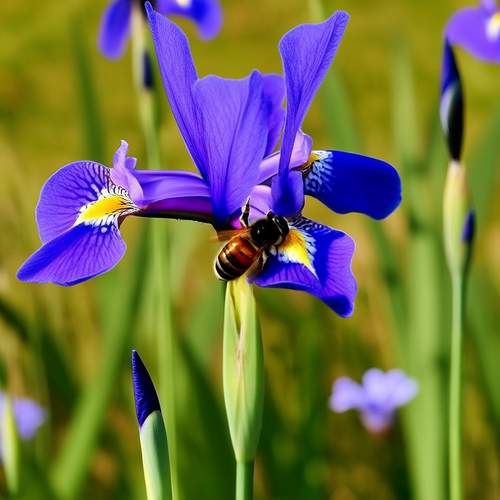
By /May 21, 2025
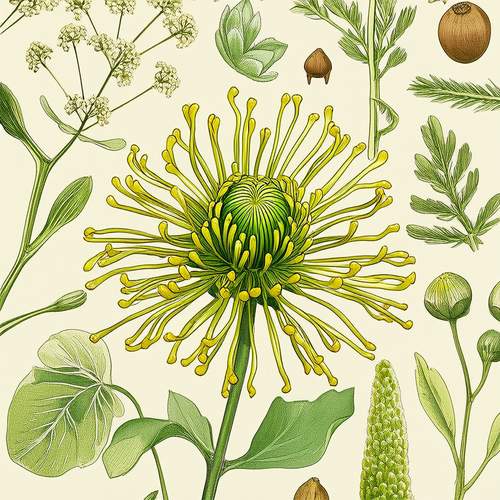
By /May 21, 2025
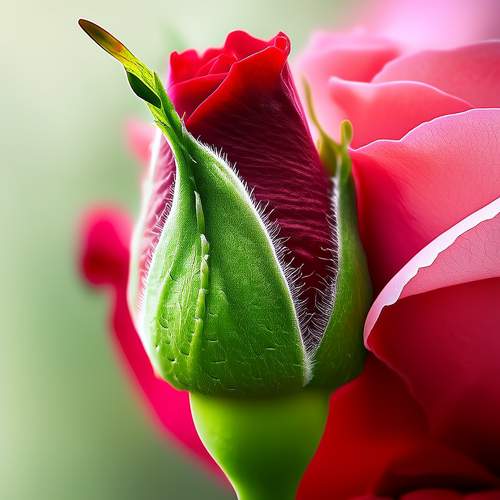
By /May 21, 2025
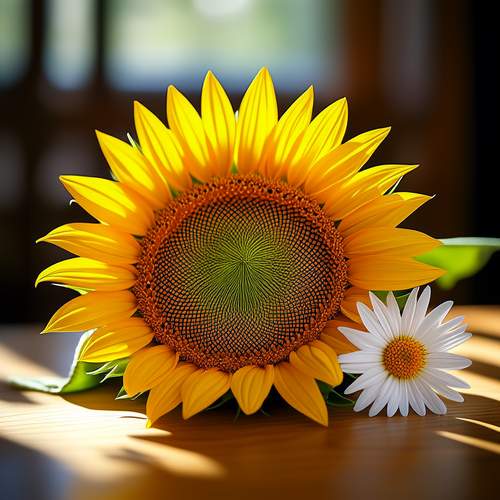
By /May 21, 2025
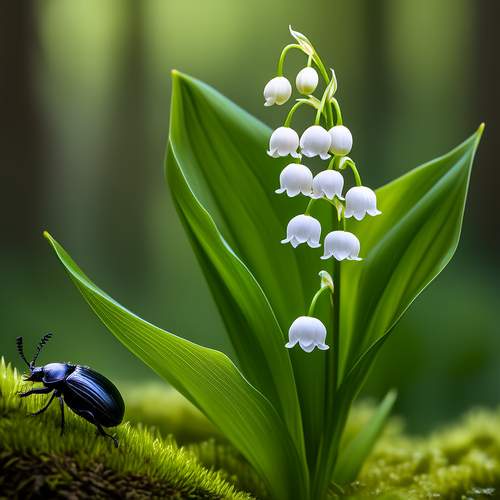
By /May 21, 2025
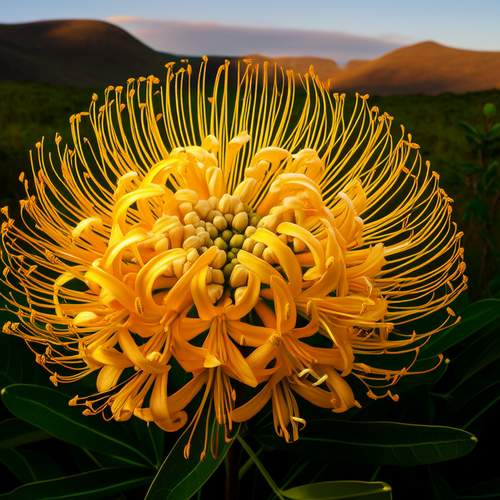
By /May 21, 2025
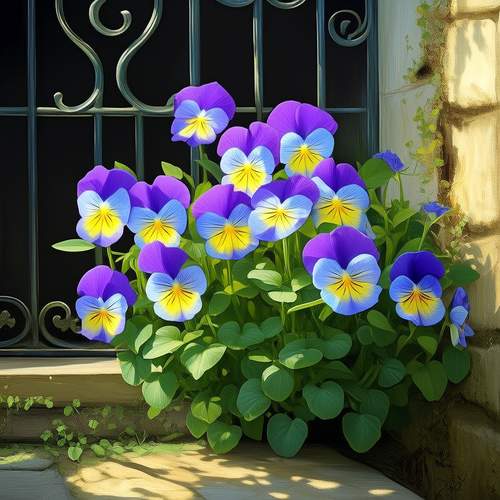
By /May 21, 2025

By /May 21, 2025
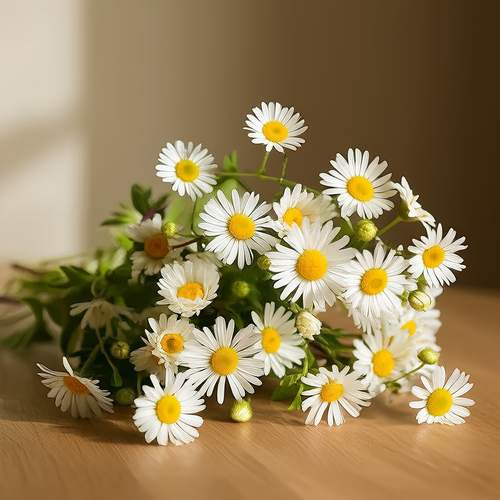
By /May 21, 2025

By /May 21, 2025
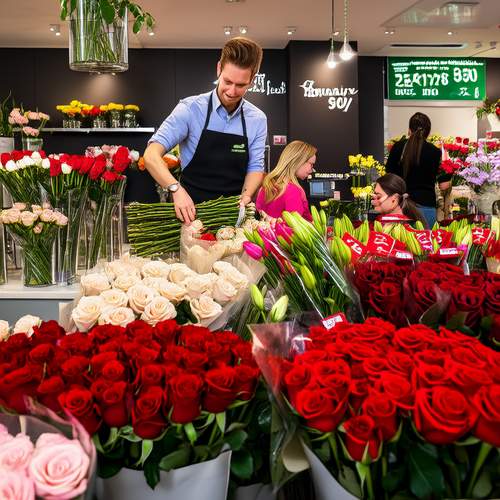
By /May 21, 2025
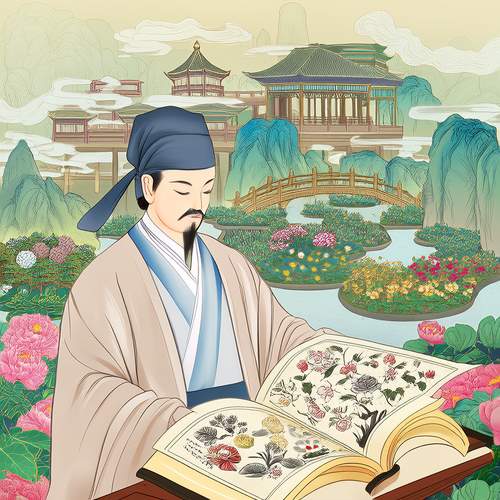
By /May 21, 2025
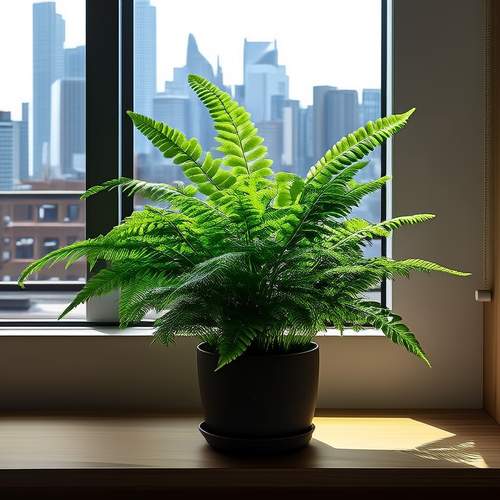
By /May 21, 2025